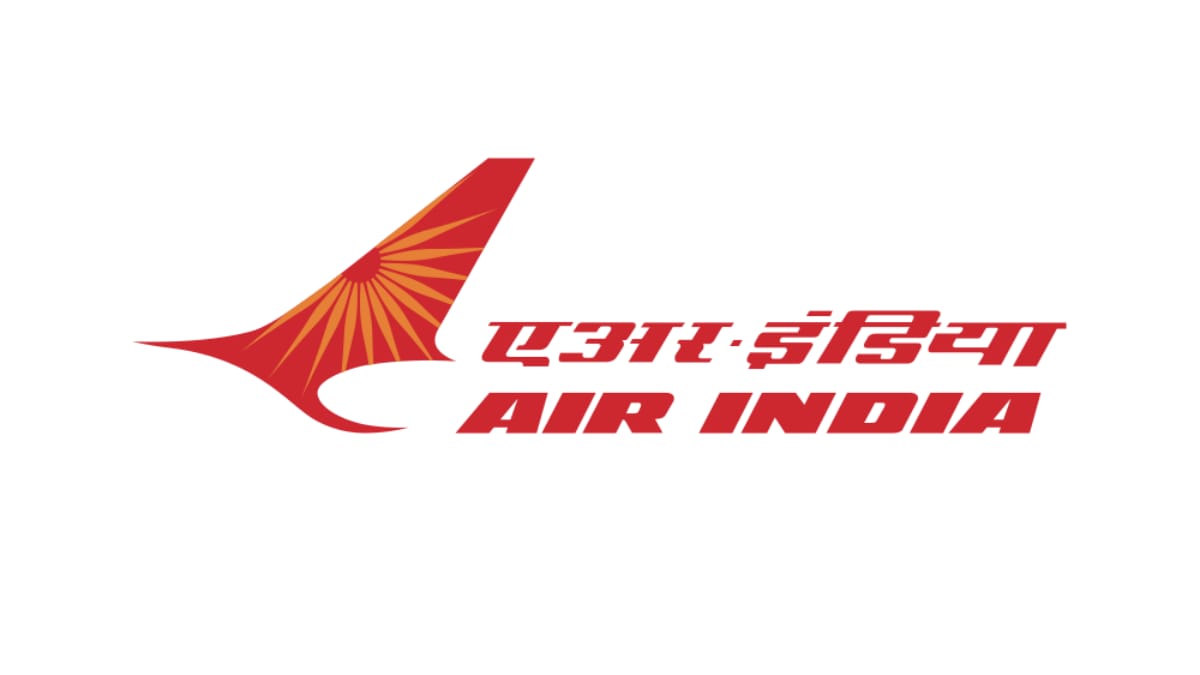Air India, India’s national carrier, has recently announced a significant reduction in its workforce, targeting over 180 non-flying positions. This move comes amidst ongoing efforts to streamline operations and cut costs. The airline, which has faced financial challenges for years, aims to enhance efficiency and competitiveness in the highly competitive aviation sector. The decision to eliminate non-flying positions underscores the company’s commitment to rationalizing its workforce and aligning it with the evolving needs of the industry.
While the exact details of the affected positions have not been disclosed, the restructuring is expected to impact various departments within the organization. Air India’s workforce reduction reflects broader trends in the airline industry, where companies are continuously seeking ways to optimize resources and adapt to changing market dynamics. This move also signals Air India’s determination to navigate through turbulent times and emerge as a leaner, more resilient entity in the global aviation landscape.

Air India Trims Workforce: Restructuring for Efficiency in a Competitive Landscape
The reasons behind Air India’s decision to trim its workforce are likely multifaceted. Here are some of the most prominent possibilities:
Financial Reorganization: Air India has a well-documented history of financial struggles. This staff reduction can be seen as a cost-cutting measure aimed at improving the airline’s bottom line.
Optimizing Operations: Streamlining staffing levels can lead to improved efficiency. By analyzing department needs, Air India might be aiming to achieve the same level of output with a smaller workforce.
Technological Advancements: The airline industry is constantly evolving, and automation is playing an increasingly significant role. Air India might be leveraging technology to reduce the need for certain positions.
Impact of Workforce Reduction on Employees and Air India
The workforce reduction will undoubtedly have a significant impact on those who have lost their jobs. Finding new employment can be a stressful and challenging process. Outplacement services or severance packages could help ease the transition for affected employees.
For Air India, the impact of this decision remains to be seen. While the airline hopes to achieve cost savings and operational efficiency, there are also potential risks:
Reduced Morale: Workforce reductions can lead to lower morale among remaining staff, potentially impacting productivity and customer service.
Loss of Expertise: Letting go of experienced employees can lead to a loss of valuable institutional knowledge, which can take time and resources to replace.

Air India’s Future: Key Considerations for Success
Transparency and Communication: Open communication with remaining staff about the rationale behind the job cuts and the airline’s future plans is crucial for maintaining morale in and trust.
Investing in Remaining Staff: Reskilling and upskilling existing employees can ensure they possess the necessary skill sets for the new operational structure.
Customer Focus: While reducing costs is important, Air India must not compromise on customer service. Maintaining a high standard of service is essential for brand reputation and passenger satisfaction.
Air India’s Workforce Reduction in the Wider Airline Industry Context
Air India’s workforce reduction is not an isolated incident. The airline industry is a competitive and cyclical one, and many airlines have undertaken similar restructuring efforts in recent years. Factors like global economic fluctuations, fuel costs, and competition from low-cost carriers can all necessitate adjustments to remain profitable.
Conclusion: Navigating Challenges and Emerging Stronger
In conclusion, Air India’s decision to trim its workforce by eliminating over 180 non-flying positions reflects the ongoing challenges faced by the aviation industry, compounded by the impact of the COVID-19 pandemic. While streamlining operations is essential for organizational sustainability, it’s crucial for companies to prioritize support for affected employees through transparent communication, retraining opportunities, or assistance in finding alternative employment.
As the airline adapts to the evolving landscape of air travel, maintaining a balance between cost-cutting measures and employee welfare will be paramount in fostering resilience and maintaining competitiveness. Additionally, focusing on enhancing efficiency, leveraging technological innovations, and strategic planning will be pivotal for Air India’s long-term success in navigating through turbulent times and emerging stronger in the post-pandemic era.



